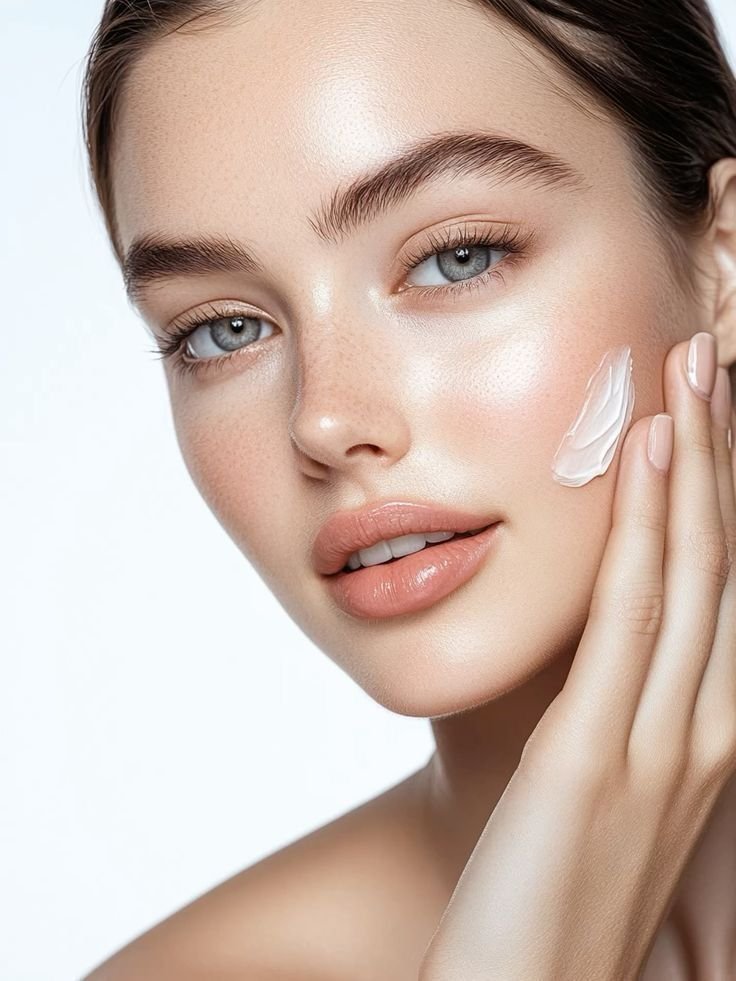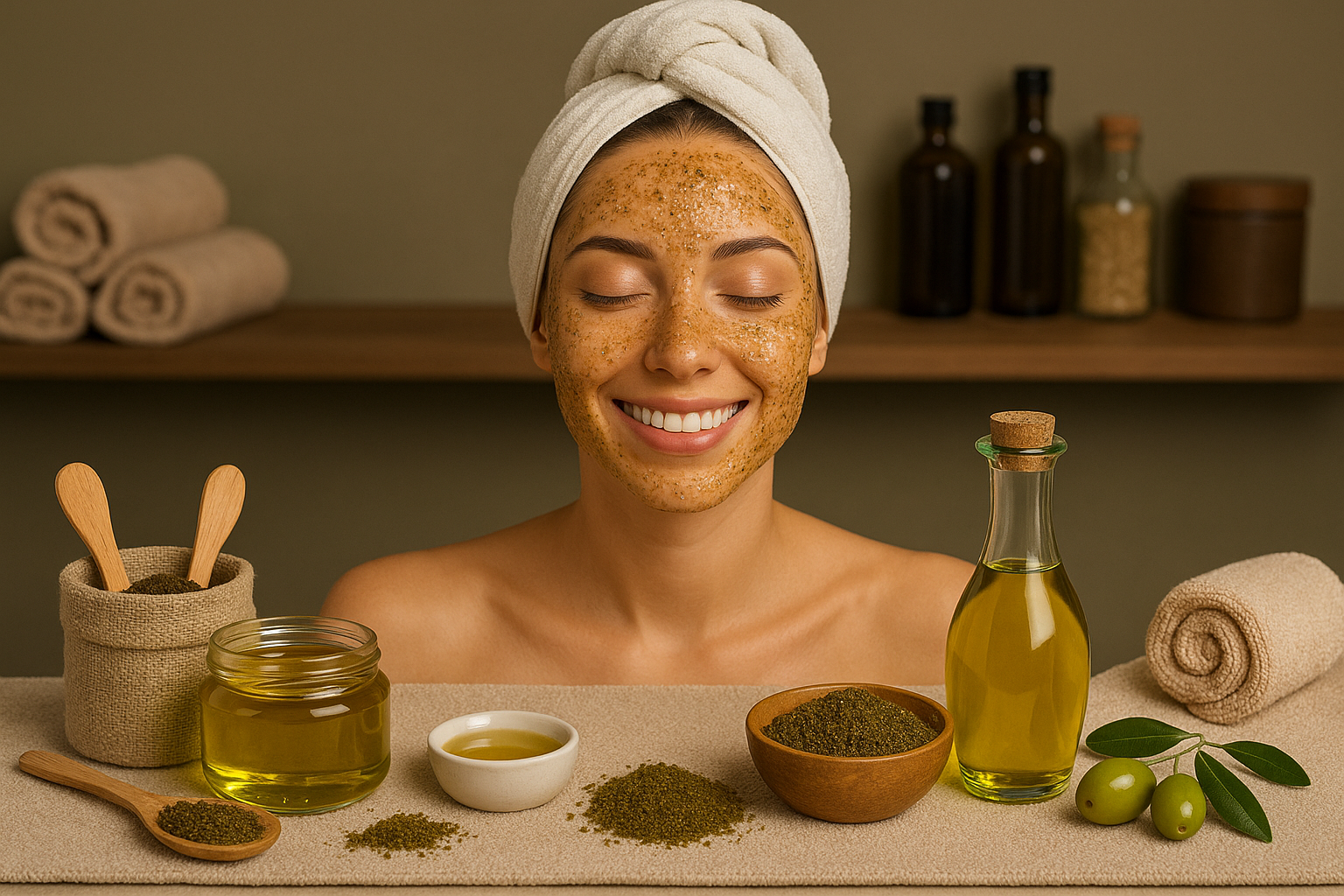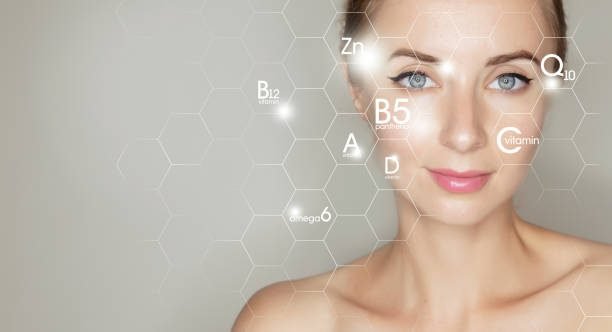Uneven skin tone, lingering acne marks, and hyperpigmentation are among the most common complexion concerns. Even with diligent routines, post-inflammatory hyperpigmentation (PIH) can last for weeks to months. However, one ingredient has rapidly moved from prescription pads to daily serums for exactly these issues: Tranexamic Acid (TXA).
Below, you’ll find a derm-informed explainer on how TXA works, what concentrations and formats have clinical data, how to build a routine that targets dark spots without irritation, and who should avoid it—with links to peer-reviewed research throughout. Moreover, you’ll see how TXA compares to other well-known brightening actives.
What Is Tranexamic Acid—and Why It Helps Dark Spots
TXA is a synthetic derivative of lysine that inhibits the plasmin/urokinase pathway in the skin. That may sound complex, but the outcome is simple: less inflammation-driven pigment signaling between keratinocytes and melanocytes. As a result, the skin produces fewer new dark spots while gradually fading existing ones.
Furthermore, laboratory and early clinical work from Maeda & Naganuma demonstrated that TXA interrupts UV- and inflammation-induced melanogenesis by lowering arachidonic-acid and prostaglandin signaling, while also reducing tyrosinase activity downstream (medicaljournalssweden.se). In other words, TXA addresses both the root cause and the visible effect of hyperpigmentation.
Does Topical Tranexamic Acid Work? Clinical Evidence
The short answer: yes. Topical TXA has randomized and split-face trials supporting its efficacy, especially for melasma and PIH. In addition, researchers consistently highlight its tolerability compared with harsher bleaching agents.
- Split-face RCT (10% TXA solution vs. vehicle): Researchers observed significant improvements in dyschromia and pigmentation indices on the TXA side compared with control (Taylor & Francis Online).
- TXA with microneedling: Multiple studies show faster pigment lightening when TXA is delivered via microneedling compared with microneedling alone. Therefore, this approach is especially useful for resistant melasma and PIH, although it remains an in-clinic procedure (Wiley Online Library).
- Mechanistic + clinical reviews: Contemporary dermatology reviews consistently conclude that topical TXA reduces epidermal hyperpigmentation and provides a safe alternative or add-on for patients who cannot tolerate hydroquinone (Lippincott Journals).
Therefore, the bottom line is clear: topical TXA (generally 2–5%, with some data up to 10%) lightens hyperpigmentation and improves tone uniformity—often with fewer irritation issues than classic bleaching agents.
TXA vs. Hydroquinone vs. Azelaic Acid vs. Niacinamide
- Hydroquinone (HQ): The gold standard for melasma, but it can be irritating and unsuitable for sensitive or long-term continuous use. In contrast, TXA is frequently used as an HQ alternative or as a maintenance option (Lippincott Journals).
- Azelaic Acid (AZA): Multifunctional with antimicrobial and anti-inflammatory benefits, plus tyrosinase modulation. Strong evidence supports its role in acne-related PIH and erythema. A 2024 review confirmed improvements in tone with good tolerability. Consequently, AZA and TXA form a highly compatible duo for spot care (Dove Medical Press).
- Niacinamide (Vitamin B3): Clinically shown at 4–5% to reduce hyperpigmented spots and improve barrier function. Importantly, niacinamide also helps TXA users tolerate retinoids and acid routines more easily (Semantic Scholar).
Practical takeaway: For uneven tone and acne marks, TXA pairs extremely well with Azelaic Acid (even 10% OTC) and 4–5% Niacinamide. Together, this trio tackles pigment formation (TXA), inflammation and post-acne marks (AZA), and barrier support with melanosome transfer (Niacinamide).
What Concentration of TXA Should I Use?
- Everyday use: 2–5% topical TXA (serum, lotion, or gel) once daily is typical in derm routines. Evidence from reviews and trials strongly supports this range (Taylor & Francis Online).
- Higher strengths (8–10%): Found in study settings and some cosmetic products. They may increase results, but also dryness for sensitive skin. Therefore, starting low and titrating carefully is advised (Taylor & Francis Online).
- Microneedling + TXA: A clinical option for stubborn melasma/PIH when topicals plateau. Nevertheless, always consult a board-certified dermatologist (Wiley Online Library).
How Fast Will I See Results?
Most users notice gradual brightening in 6–8 weeks, with continued improvements by 12–16 weeks. Because pigment biology is slow, consistency truly matters. In addition, diligent SPF use and gentle exfoliation accelerate visible outcomes (Lippincott Journals).
A Derm-Style Routine for PIH & Uneven Tone (Sensitive-Skin Friendly)
Morning:
- Cleanser: pH-balanced, non-stripping.
- Niacinamide 4–5% serum (barrier + pigment support). Semantic Scholar
- Tranexamic Acid 2–5% serum (thin, water-gel textures layer best). Lippincott Journals
- Sunscreen SPF 50 (broad-spectrum). Without sunscreen, progress will stall.
Evening:
- Cleanser (gentle).
- Tranexamic Acid 2–5% (nightly if well-tolerated).
- Azelaic Acid 10–15% (after TXA or on alternate nights). Dove Medical Press
- Moisturizer (ceramide + glycerin or urea 2–5% for smoothness).
Optional accelerators (1–2×/week):
- PHA/AHA (gluconolactone, mandelic, or lactic)—keep acids low and infrequent for reactive skin.
- Retinoid (micro-dosed 2–3×/week) once redness is controlled. Furthermore, niacinamide helps improve tolerance (Semantic Scholar).
Safety & Who Should Avoid TXA
Topical TXA is generally well tolerated. The most common reactions include mild dryness or transient stinging, especially at higher concentrations or over-exfoliated skin (Lippincott Journals). Nevertheless, most users adapt well with barrier support and moisturizers.
- Pregnancy & nursing: Consult with your clinician. Data are more robust for sunscreen, niacinamide, and azelaic acid (Dove Medical Press).
- Bleeding/clotting disorders: The main concern applies to oral TXA, not topical. Still, consult your physician if you have a history of thrombotic events (<a href=”https://journals.lw







